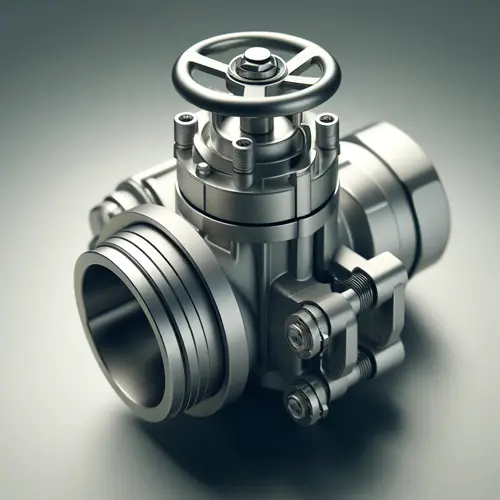Corrosion Challenges in Firefighting Valves

Corrosion in Firefighting Valves: Safety Challenges and Firefighter Concerns
Corrosion in firefighting valves is one of the most significant safety challenges and concerns for firefighters. Firefighting valves are essential equipment for fire suppression and rescue operations. However, corrosion in these valves can compromise the safety of both firefighters and the public, affecting the performance of this crucial equipment. In this article, we explore various aspects of corrosion in firefighting valves and their role in firefighting operations.
The Vital Role of Firefighting Valves
Firefighting valves play a vital role in fire suppression and rescue operations. These valves are used to pump water and fire-retardant materials to the fire site and must function under harsh and stressful conditions. The quality and proper performance of firefighting valves can mean the difference between life and death in critical situations. Therefore, the safety and integrity of firefighting valves are of utmost importance.

Corrosion in Firefighting Valves: Causes and Consequences
Corrosion in firefighting valves can occur for various reasons, including frequent use under harsh conditions, contact with corrosive chemicals, and improper maintenance. Corrosion not only reduces the lifespan of the equipment but can also lead to water leaks and decreased pressure. These issues can directly compromise the safety of firefighters and rescuees, and jeopardize firefighting operations.
Methods to Prevent Corrosion in Firefighting Valves
Several effective methods can be used to prevent corrosion in firefighting valves. Selecting high-quality, corrosion-resistant materials for valve construction, using protective coatings, and conducting regular and preventive maintenance are among these methods. Additionally, training firefighters on the proper use and maintenance of firefighting valves can help reduce the incidence of corrosion.

Deluge Valve
Deluge valves are designed as a key component of fire suppression systems. These valves are constructed to quickly release a large amount of water or foam through a network of nozzles or sprays upon detecting a fire. This function is essential for rapidly cooling the environment and controlling the fire.
The Role of Safety in Firefighting Valve Performance
The safety and performance of firefighting valves heavily depend on their quality and proper maintenance. Valves that are well-maintained and made from resistant materials can operate effectively in critical situations and prevent serious issues. Therefore, prioritizing safety in the design and maintenance of firefighting valves is crucial.
Firefighter Training and Its Role in Valve Safety
Firefighters play a significant role in the safety of firefighting valves. Proper and comprehensive training for firefighters on how to use and maintain these valves can significantly reduce corrosion and malfunction. Firefighters should be familiar with corrosion prevention methods and take immediate action if any signs of corrosion are detected.
Supplementary Equipment and Their Role in Fire Valve Safety
Supplementary firefighting equipment such as alarm systems and pressure sensors can play a significant role in the safety of firefighting valves. These devices can identify potential issues before a crisis occurs and prevent accidents. Additionally, the use of advanced equipment can enhance the performance and longevity of firefighting valves.
Conclusion
Corrosion in firefighting valves is one of the main safety challenges and concerns for firefighters. This problem can arise from various factors including harsh working conditions, corrosive materials, and improper maintenance. However, by implementing appropriate prevention and maintenance methods, valve corrosion can be prevented, ensuring the safety of firefighters and the public. Proper training for firefighters and the use of supplementary equipment can also improve the safety and efficiency of firefighting valves. Paying attention to these aspects can significantly reduce serious issues during firefighting operations and save more lives.



